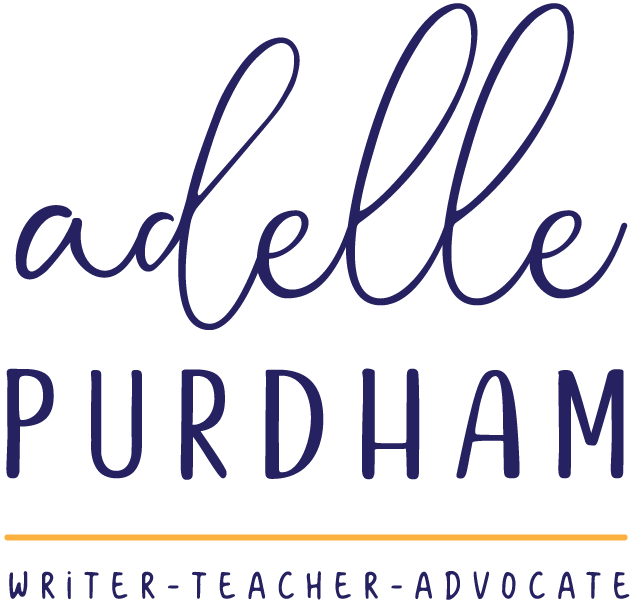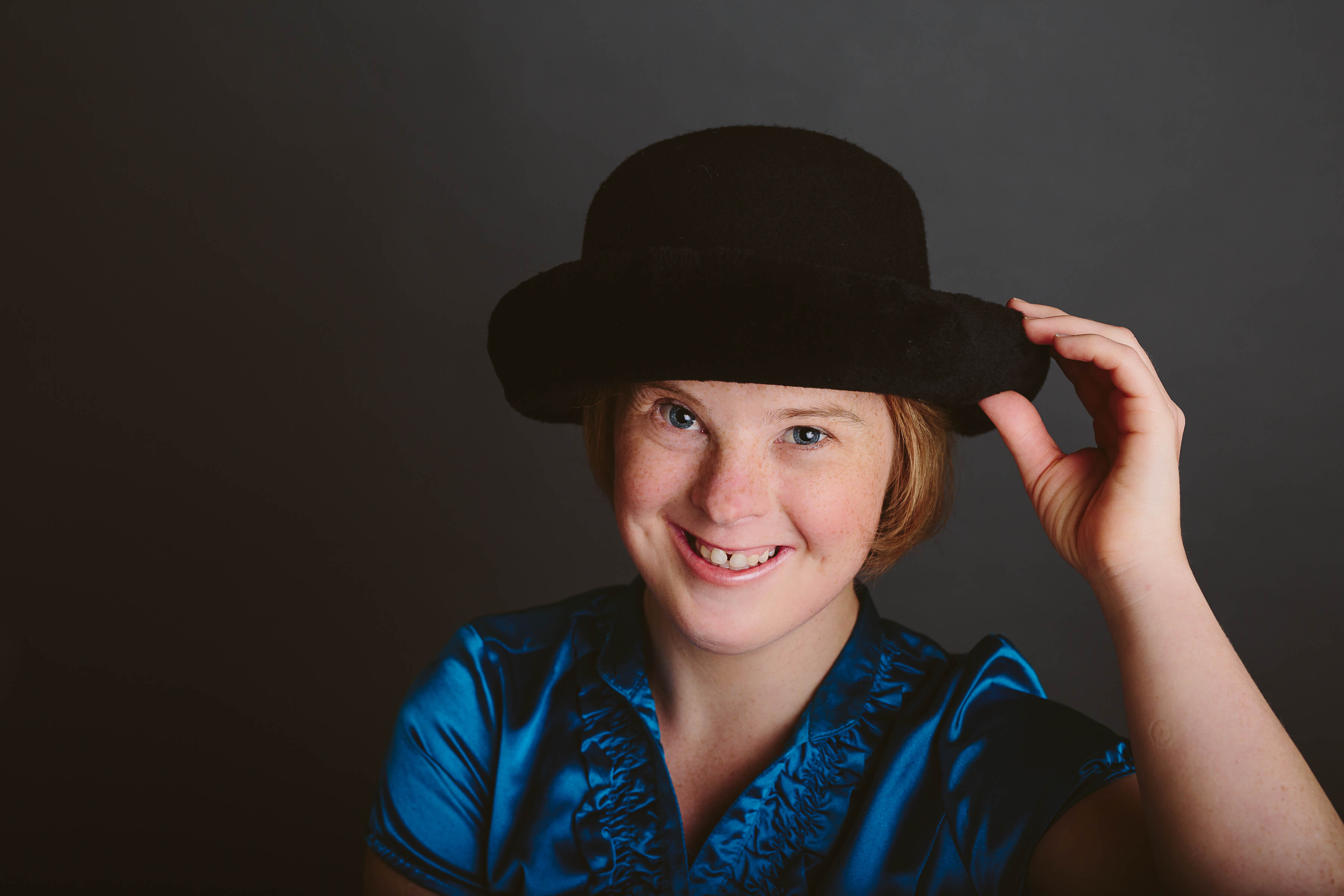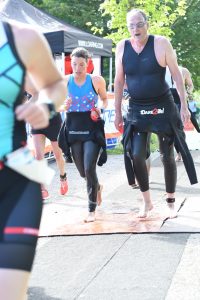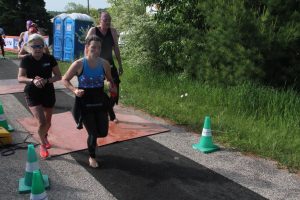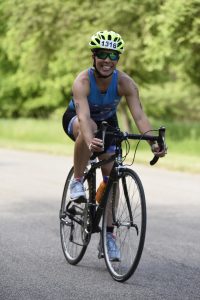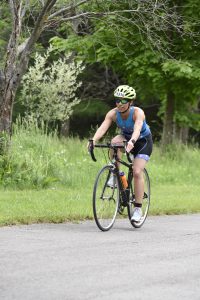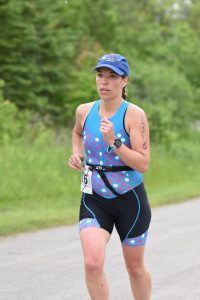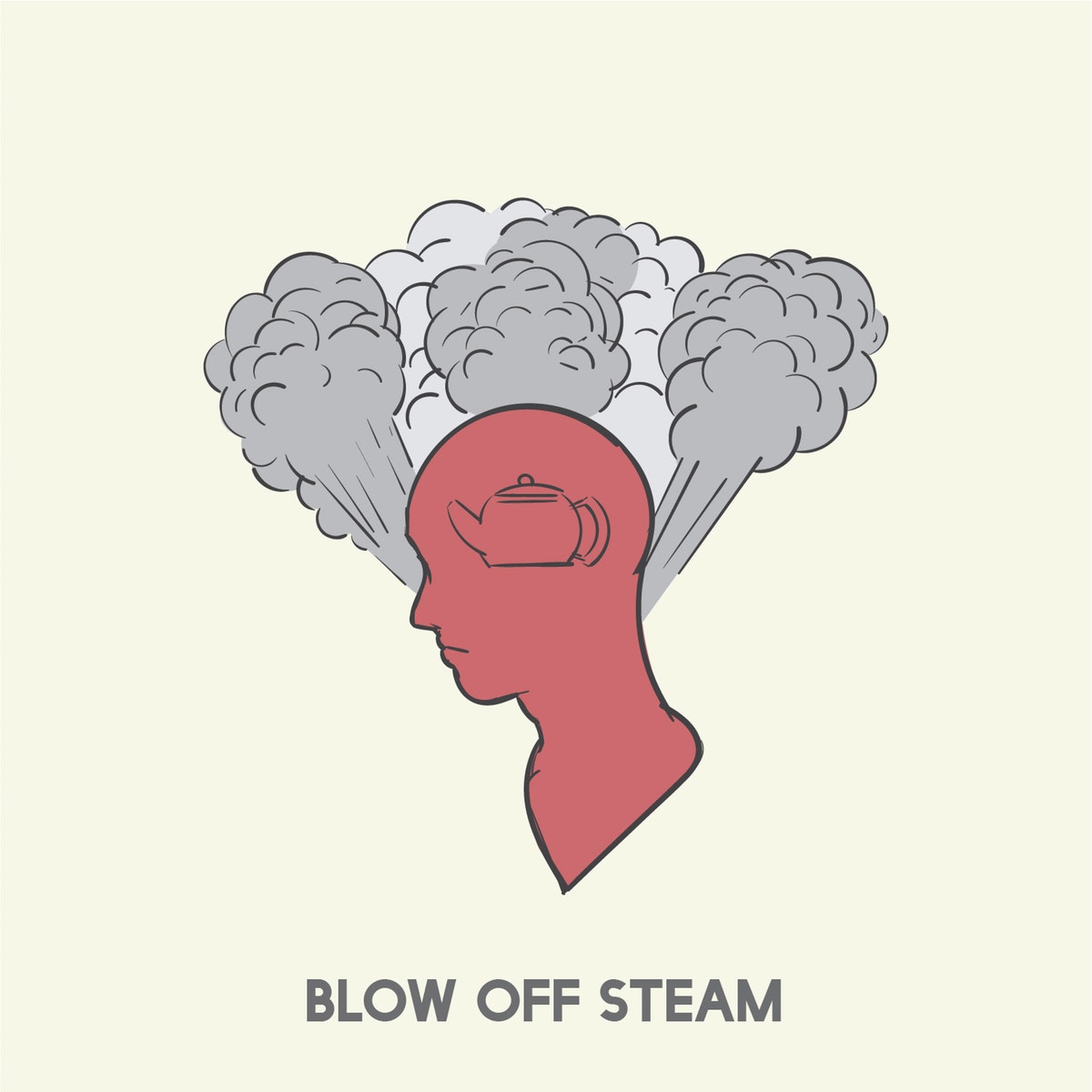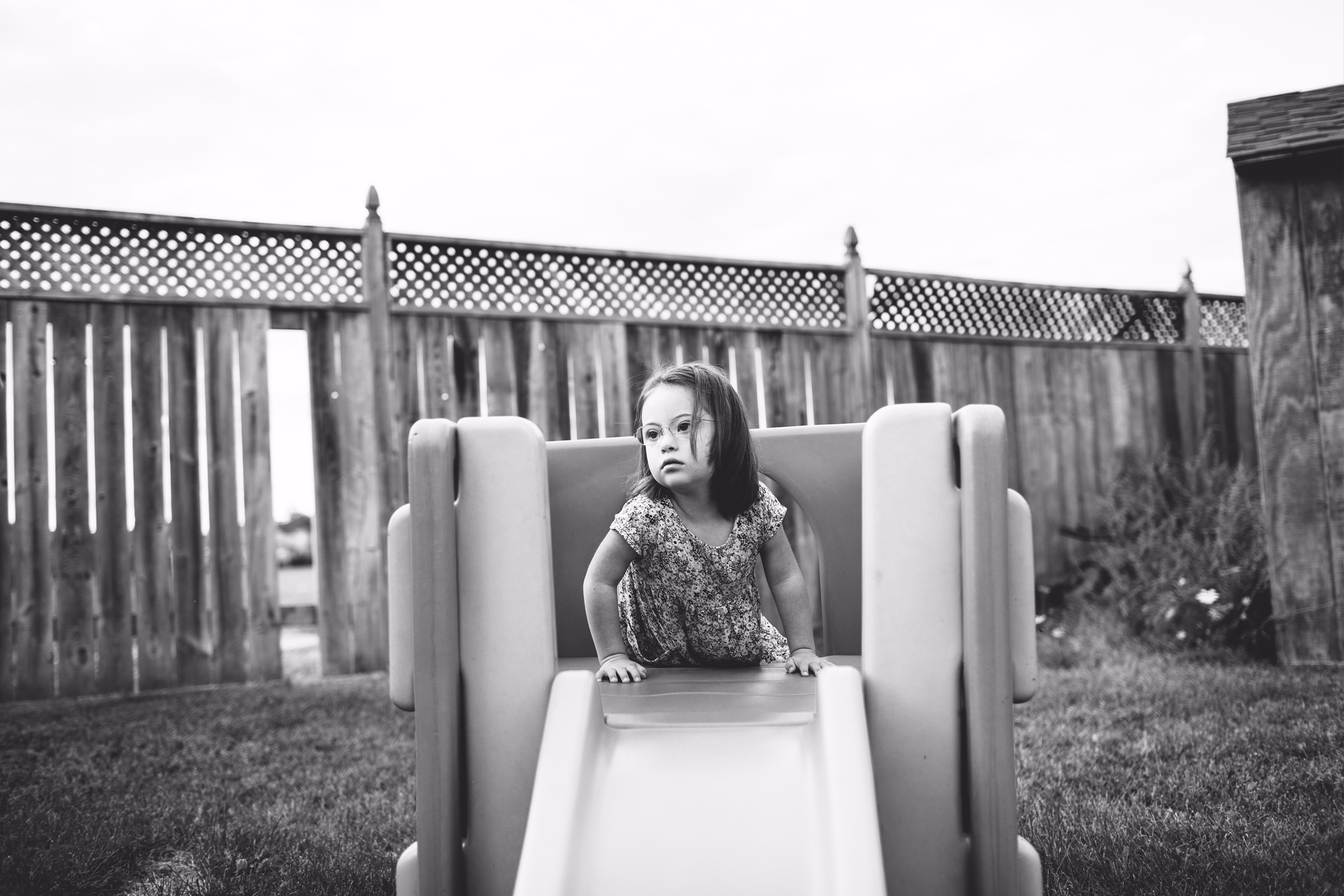We have had something brewing for a long time – over three years now. Something big. It’s easy for me to remember how long it’s been because the idea came to me when I was pregnant with Penelope who turns three this week. When I texted Dan at work to tell him I had one of my BIG ideas, I’m sure he was bracing himself. When I get a big idea in my head, it’s hard to change my mind. Later that evening, I approached the subject lightly, after all, I didn’t want to come on too strong and ruin my chances of Dan accepting my big idea. “What about,” I began, “if we downsized and lived in a cheaper house, and then used the money we made on the sale of our home to travel around the world?” I tried not to sound too hopeful. I tried to tame the bubbling excitement rising from my throat. “Yeah,” Dan said, seemingly unfazed, “that could work.”
And so, what began as an idea over three years ago shifted into shape. The first step, we both agreed, was to sell our home, “our Castle on the Hill” as I sometimes refer to it. That house was on a lovely, extremely private cul-de-sac, surrounded by tall trees and lush greenery. We even owned a section of the common greenspace with our neighbours. Yet, we had rushed into it. We had some fantastic neighbours and a coveted address in town, but…I felt somewhat trapped. After paying our mortgage, we didn’t have any extra money to do much of anything else. We were house poor. I eventually wanted a pool in our backyard, but our Castle on the Hill was set into a steep hill. There was zero chance of a pool ever happening. From a practical standpoint, a kitchen looking over the backyard is best with small children; you can let them out and watch them play while cooking and preparing the many meals and snacks small kids require. Our kitchen looked onto our neighbour’s yard, which offered a picturesque view but was useless otherwise. The best place to play outside was on our large side deck on the other side of the house, away from the kitchen. Unfortunately, there was a pond on that side deck, and so I could never leave my young children to pop in and grab something we inevitably needed. Going outside became a production, and if you know me, and my love for running, cycling, exploring and hiking the outdoors, this was not a good combination. I also questioned the value in owning a bigger home. I began to resent the cleaning and maintenance that often fell on my shoulders as the one who was home. The way I saw it: bigger house equals more to take care of. I wanted less. So you see, there was more than one reason for us to move, and travel made the whole idea of moving so much more glamorous and appealing. This is classic Adelle – I’m very “treat” motivated. I’ll do just about anything, including moving with a newborn, if you dangle the right carrot.
I make it sound like we made the decision to uproot our lives and travel the world in an instant – we did and we didn’t. We discussed the matter for months, spent time looking at other houses and considering our options, but Dan and I both tend to make up our minds quickly when something feels right, and I think we both knew right away that travelling, and spending an extended period of time together as a family, was something we both wanted to do.
I continued to dream big, imaging us boarding an around-the-world cruise as a family of five, voyaging the oceans of the world for over a hundred days, seeing as many countries as possible. That was our original plan, and we repeated the mantra many times over, let’s see as many countries as possible! We imagined we might be able to plan our trip for when our baby-to-be was eighteen months old, only two years away from the inception of our plan. We were over-ambitious, and a big dose of reality would help to sort things out.
Our house did sell – not for as much money as we wanted or hoped for, but the first phase of our plan was complete. We visited my friend’s mom, a cruise specialist and learned those hundred day cruises would cost in the $200k range for a family of five, and that, well, not many families of five did this kind of trip, but we’d potentially have a lot of loving grandparents to help out! I wasn’t ready to admit it yet, but that kind of disposable income was unfathomable and downright impossible – short of selling our house and not purchasing another. After deliberating over that idea, we ruled it out. If we wanted to cruise, we would have to shorten our trip, though I wasn’t ready to admit that either.
In the meantime, I gave birth to our beautiful baby girl in the house we would soon move out of. We knew we wanted to plan a big trip, but we didn’t know exactly when or where. We would wait for the cruise lines to come out with their itineraries for the next year and see where that took us, and what we could piece together.
It’s not that the trip really ever slipped our minds – more like life took over. We found our new home (thanks Alexis!), Dan and I packed up our house while caring for a five and three year old, plus a newborn, and then moved into our new home when Penelope was one month old. Why do big life changes often happen at the same time as new babes? What is it about new life, and its inverse – the loss of life, that propels us forward?
The girls started at the French school around the corner and we began to settle into this chosen life. There was only one thing Dan couldn’t stand about our new house, and that was the kitchen. Fun fact about downsizing: you need to get rid of some of your stuff! There was nowhere to put our pots and pans in our new kitchen, so we had a Costco fold-out table permanently on display by our back sliding door to store our kitchen wares. After some minor disagreements, we came to terms on spending the money the following summer to renovate our kitchen, which was our main living space – but that that would be it. The rest of the money we made from downsizing would go into our trip. We thought we could do our kitchen on the cheap, maybe IKEA, or some combination of quick fixes. I threw out a random budget of $7000 max, but was dismayed when we started researching actual costs for kitchens we liked. We spent over four times that in the end, though I have to say Dan was right and I love having a functional new kitchen. But I digress.
We hadn’t heard from our travel agent in a while, and time was slipping away. What about those cruises? Weren’t any coming up? After reaching out a few times, and not hearing back from her, I decided to reach out to another agent who got on it right away, pulling together a variety of cruises that might peak our interest. The problem was, we didn’t want a fourteen-day Japan cruise. We wanted to see the world! We continued to operate under the mantra, let’s see as many countries as possible! We worked with this new travel agent and found a wonderful cruise encompassing a beautiful cross-section of the world. The price was still an issue, but we’d figure it out. By this time, a year had passed since we’d moved and it looked like our baby would be two and a half by the time we would be going on our trip.
We thought we were all set. The travel agent said prices for the cruise weren’t posted yet, but as soon as they were, she’d let us know and we could book! I was euphoric, hopeful, and impatient. We leaked the news to a few friends and neighbours about our impending big trip. Then the unthinkable happened. As one of Dan’s work colleagues says to his children when they’re pouting, “There are Big Deals, and there are Little Deals. Is this a Big Deal or a Little Deal?” For us, the Little Deal was that the cruise we wanted ended up being fully booked over a year in advance – our agent hadn’t known the prices weren’t showing up because all options were already taken. We had been waiting an entire year, wasting time – for nothing. Then, the Big Deal. This kind, vivacious woman in her forties whom I had been talking to over the phone, explaining our dreams, called to tell me she would be on leave, and that a friend would be taking over her clients for the time being. A month later, I saw on Facebook that she had passed away. Brain cancer. She left behind a husband and a nine year old son.
Her passing was a terrible reminder that you just never know, to hug your loved ones close – all those clichés – but it also spurred me on to BOOK THAT TRIP TODAY realizing tomorrow may never come. For her, it didn’t. As life happened around us, and our money pile continued to dwindle, I decided to take matters into my own hands.
I got this idea from the movie Tangled – the Disney version of Rapunzel – that it would be incredible to see lantern lights released into the sky. When I realized the scene that plays out in Tangled is a real-life festival in Thailand, I had to see it. I thought the kids would love it, and that that would be a great place to visit on our trip. I now had a concrete destination in mind. While cruising had seemed like the easiest option for travelling with three small children, the realities and expense of booking the perfect cruise were sinking in. I questioned our mantra of, let’s see as many countries as possible! What was this, a race? Wasn’t it more important to actually see and experience the countries that we visited? I had been doing some travelling on my own and with Dan in the meantime, and started to realize my priorities had shifted. More did not necessarily equal better. Quality over quantity. Maybe that’s become my new mantra. Let’s enjoy our life together. I asked, what can we do that is doable and enjoyable for us and our three small kids?
Thailand was the spark that lit the fire for our new plan. We would take to the skies.
